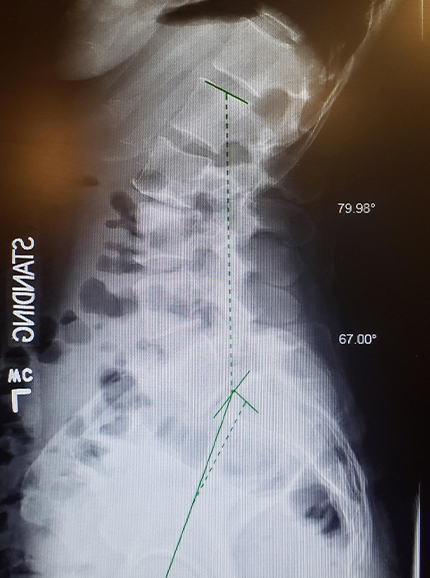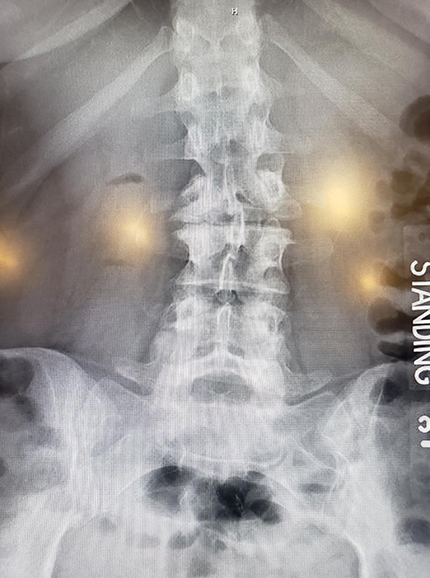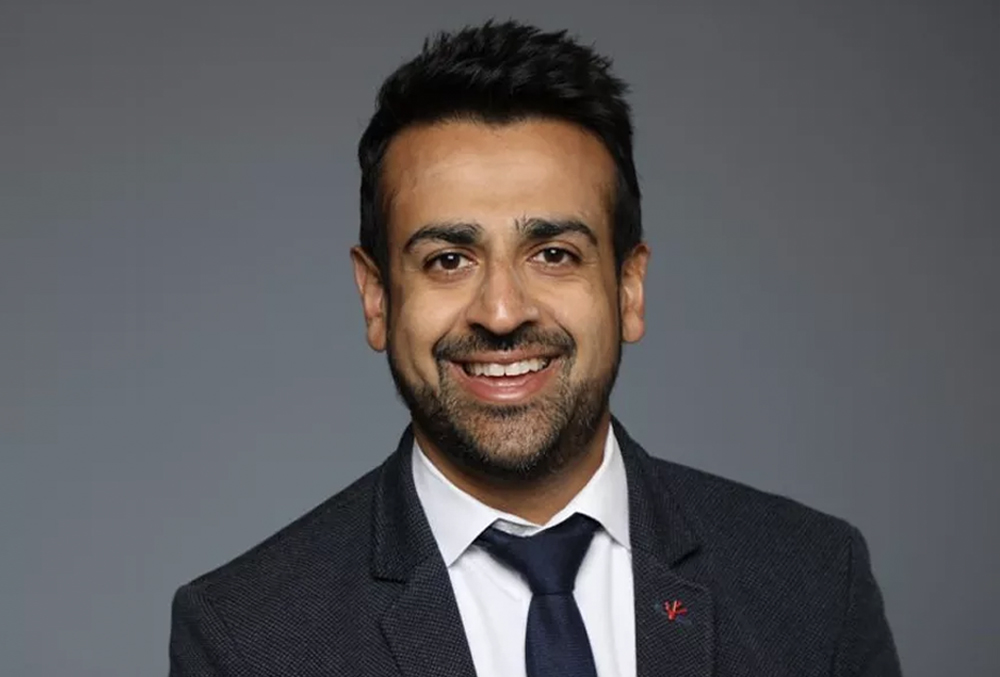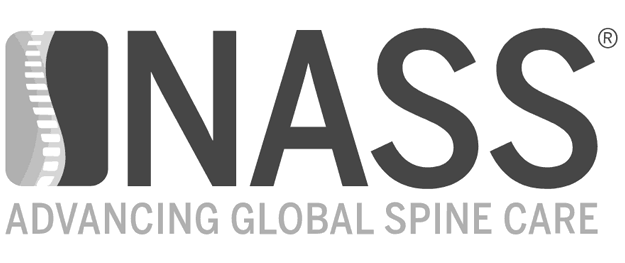Here’s a Case to Think About: 4 Sport Athlete Patient (BMI 21) with Known Spondylolysis
Here is a patient (BMI 21) who was a 4 sport athlete in high school. She had known spondylolysis at L2-3 and L5-S1. She powered through these injuries in her teens to compete at a high level. Now in her 40s, she has been troubled with back pain.
Although she remained active the back pain became progressively worse limiting her typical high activity level. She also developed right sided thigh pain. On exam, her back pain is at the lower lumbosacral area and leg pain/numbness is located in the anterior right thigh. She has attempted to manage this conservatively without success.
Imaging demonstrates spondylolytic spondylolisthesis with development of segmental kyphosis at L5-S1 and without kyphosis at L2-3. She has asymmetrical disc space collapse at L2-3 with development of a small lumbar coronal curve.


How would you manage this case?
- Anterior / Posterior VS. all Posterior VS. Standalone?
- Fusion levels?
- Osteotomies?
RECENT POSTS

About Dr. Ashish Patel, MD
My training at the Hospital for Special Surgery in New York, a leading orthopedic hospital, created a strong desire to educate my patients regarding their neck and back condition, as I believe a well-informed patient can better participate during a joint decision-making process. I am focused on maximizing the overall patient experience and streamlining high-quality spine care for my patients.


![[Video] new research grant awards — Awarded to Spine Surgeon Dr. Ashish Patel [Video] new research grant awards — Awarded to Spine Surgeon Dr. Ashish Patel](https://mdashishpatel.com/wp-content/plugins/bold-page-builder/img/blank.gif)







